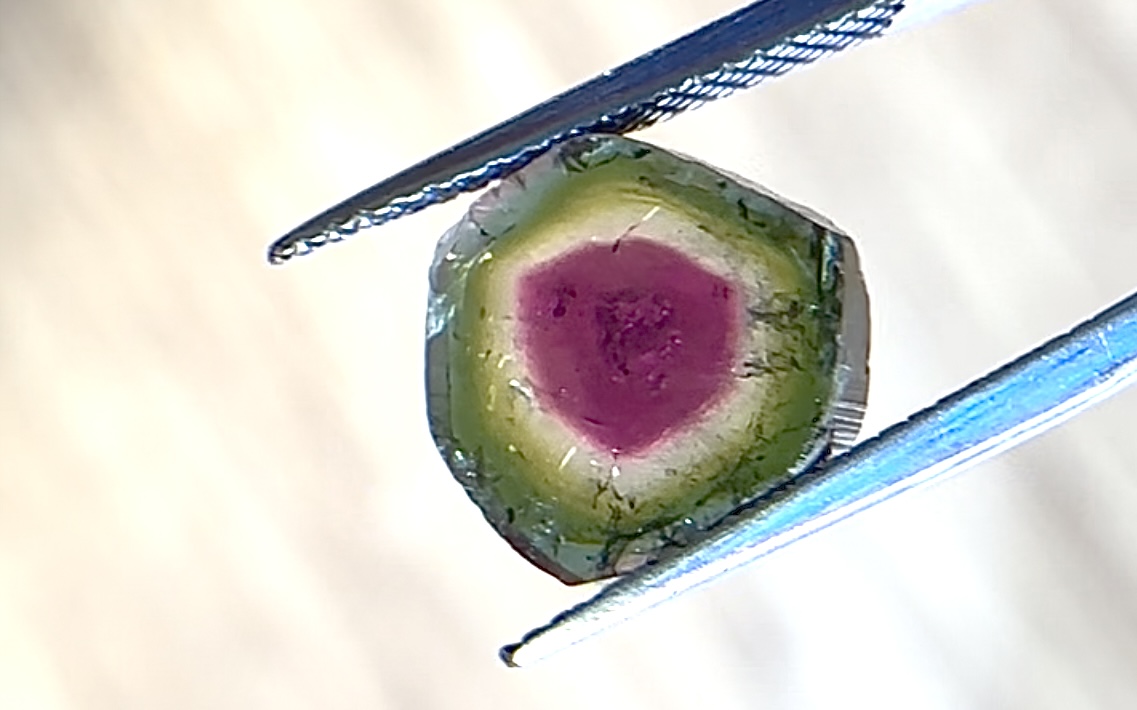
Watermelon Tourmaline
Watermelon Tourmaline Watermelon tourmaline is a captivating gemstone celebrated for its remarkable blend of colours and unique beauty. Belonging to
choose a stone…
choose a setting…
choose a metal…
choose a finish…
…choose ring
21 Meeting House Lane
Brighton East Sussex
BN1 1HB
1273 773 544
21 Meeting House Lane
Brighton
East Sussex
BN1 1HB
Categories:
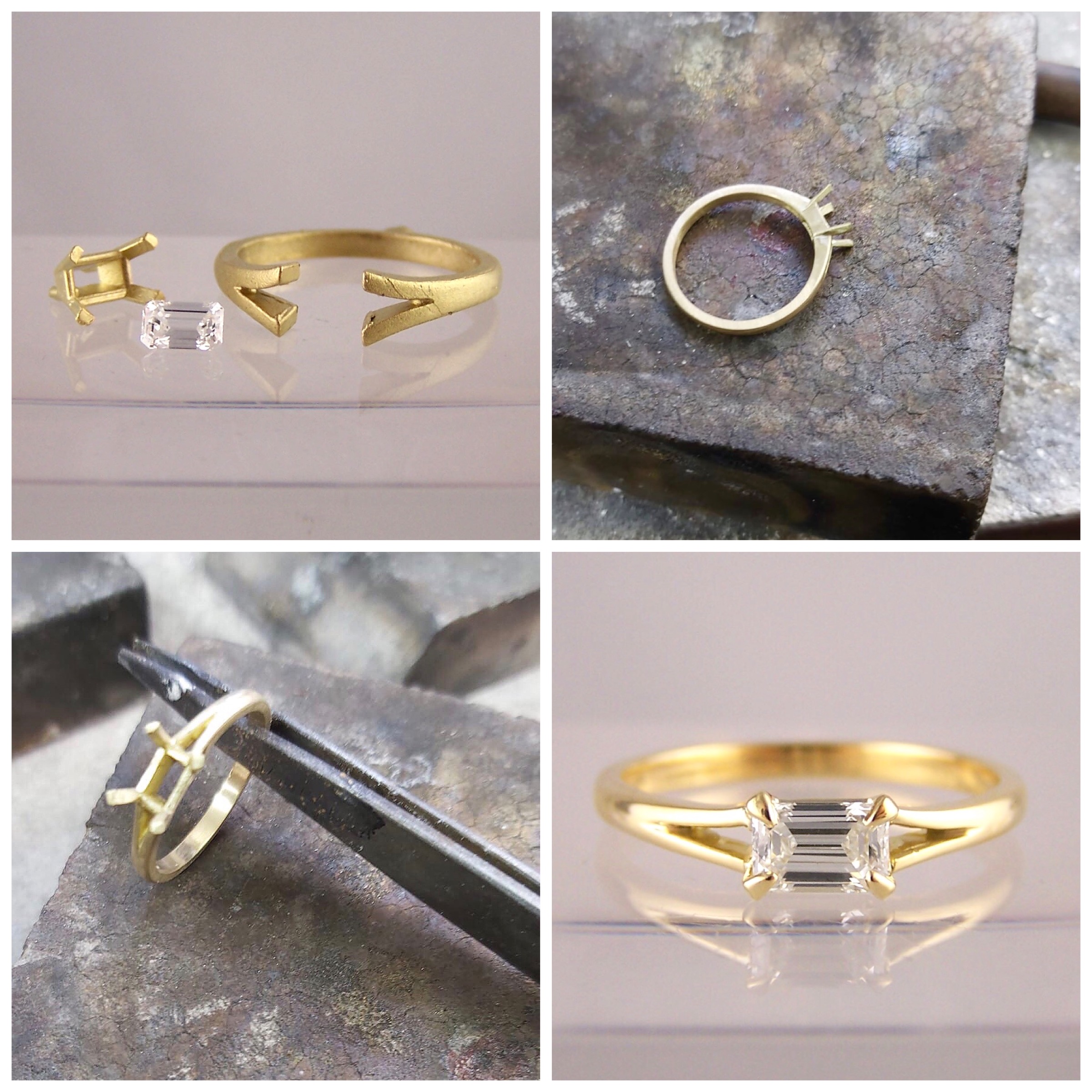
How jewellery is made.
This article describes different jewellery making techniques. Often when making a piece of jewellery the jeweller has a choice of manufacturing methods to make the piece. This article describes a few of those methods.
Casting
If a jeweller thinks that there may be a lot of wastage when making a piece they will often opt to cast the item. Rather than buying a large block or precious metal & carving away at it (which would not be economical at all!) the jeweller makes a ‘master pattern’. The master pattern is usually handmade using wax or Silver. Both of these have far less impact when there is material left over (even Silver has the fraction of the cost of Gold or Platinum). Once the master has been made a silicone mould is created around it. After setting the mould is cut into two. This mould is then filled with molten precious metal to create the casting.
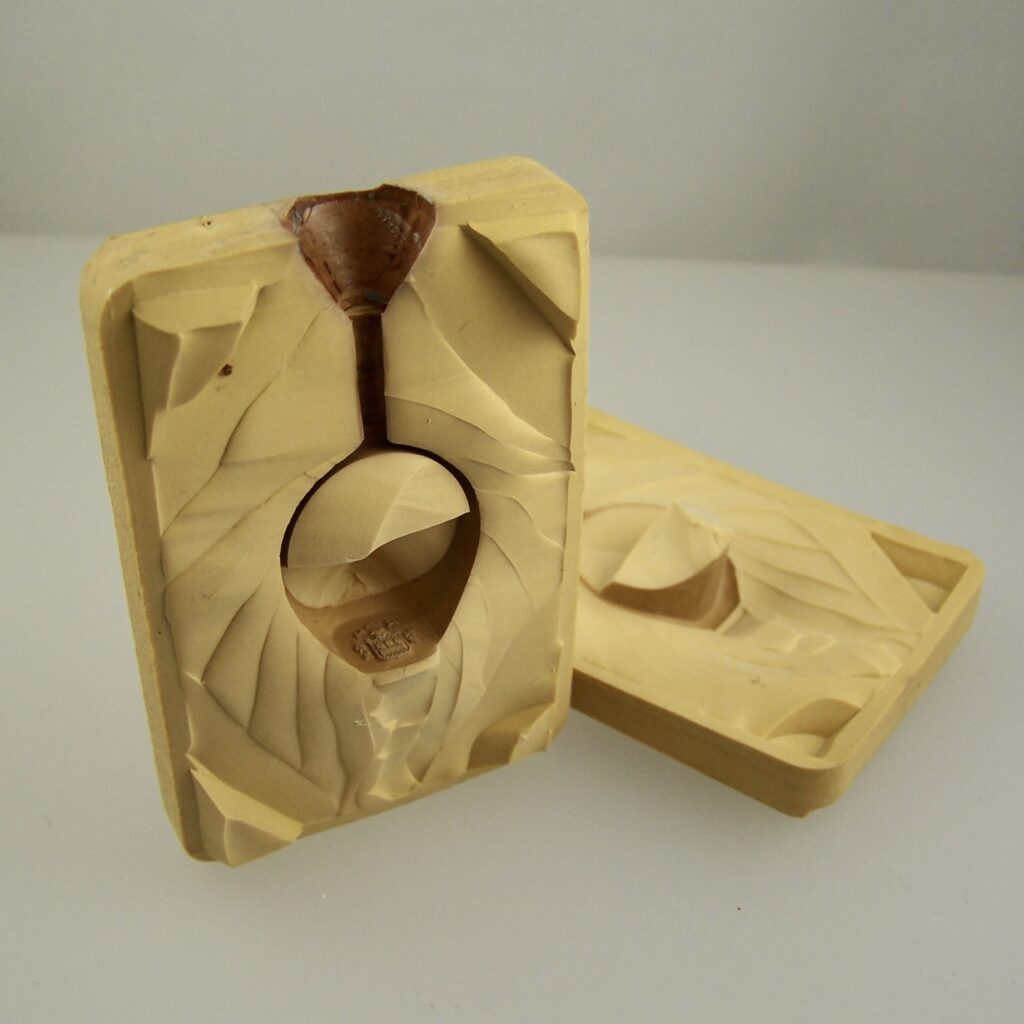
CAD modelling & 3D printing
Nowadays CAD (computer aided design) modelling is very popular. In this technique a model of the piece of jewellery is crafted using 3Dmodelling software. The resulting 3D model is then 3D printed into wax. After this a mould is made around the wax model. Then when the silicone mould has cured molten metal is poured in. This melts the wax & the remaining cavity is filled with precious metal. This is known as ‘ lost wax casting’.
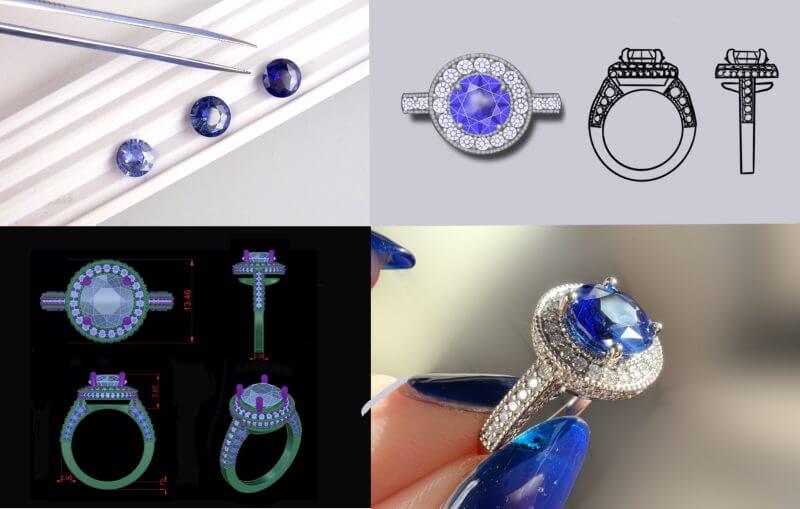
Straight into metal
If a goldmsith is making a commission that seems to have very little wastage they may opt to work straight into the chosen precious metal like Gold or Platinum. This is often the case when crafting items like wedding rings or bangles. When working straight into precious metal the goldsmith will start with either sheet, wire, tube or old gold to recycle.
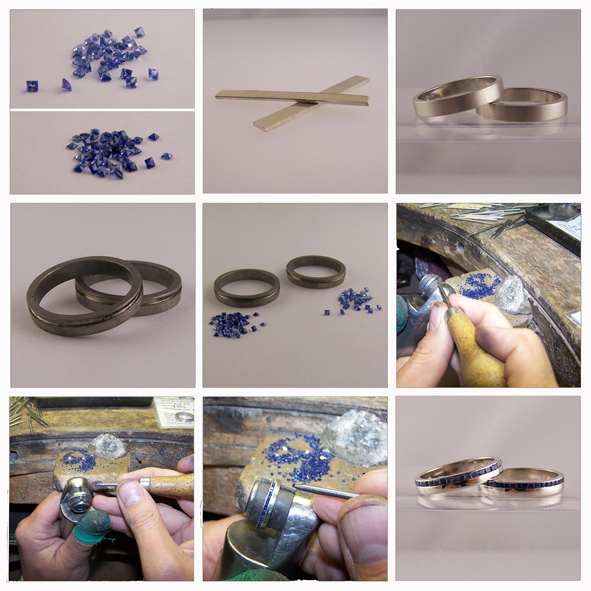
Jewellery remodelling
This is a jewellery making technique where an old piece of jewellery that may be an inherited antique or a damaged piece is broken down & a new item of jewellery is made from the component parts. Sometimes this included melting & reusing the Gold. Other times it is only the gemstones that are reset. Sometimes is is both & no new materials are supplied at all.
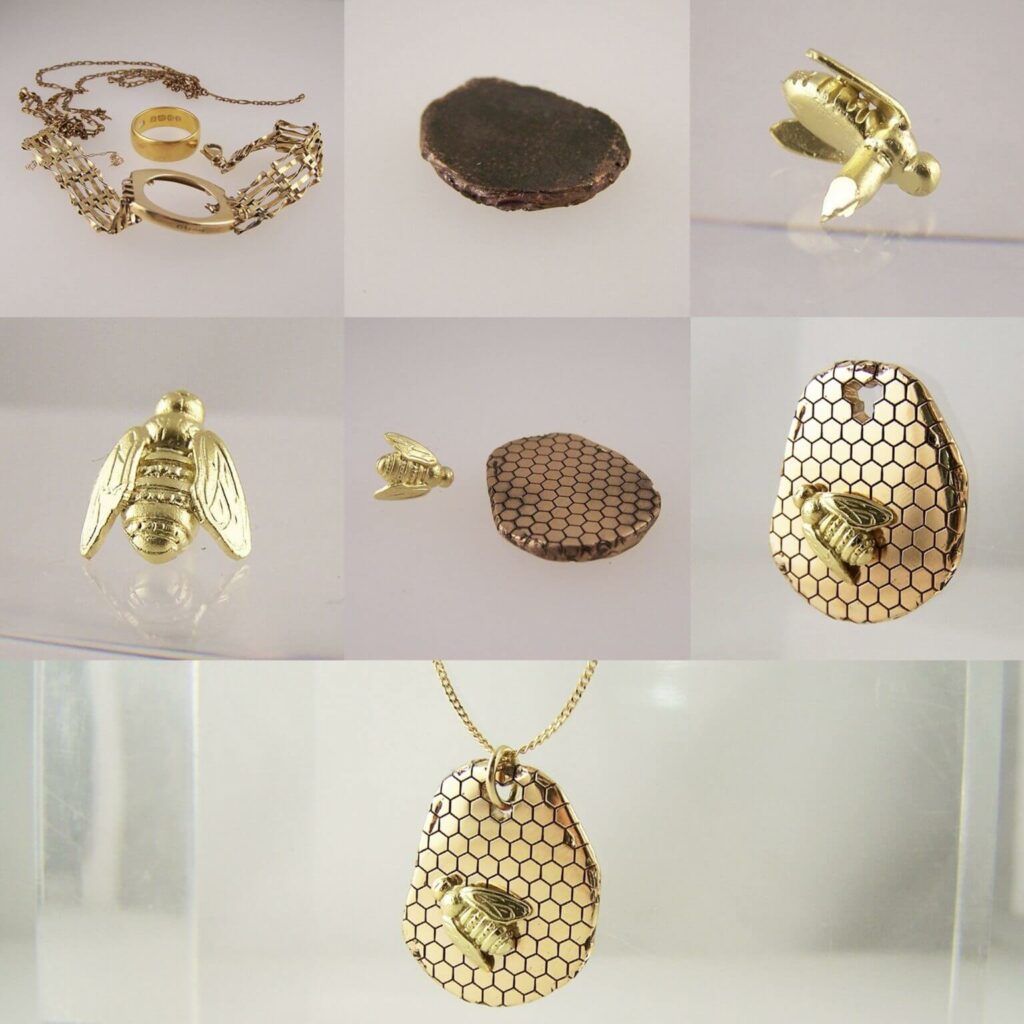
If you have an idea for a bespoke commission do not hesitate to get in touch by filling out one of our enquiry forms.

Watermelon Tourmaline Watermelon tourmaline is a captivating gemstone celebrated for its remarkable blend of colours and unique beauty. Belonging to
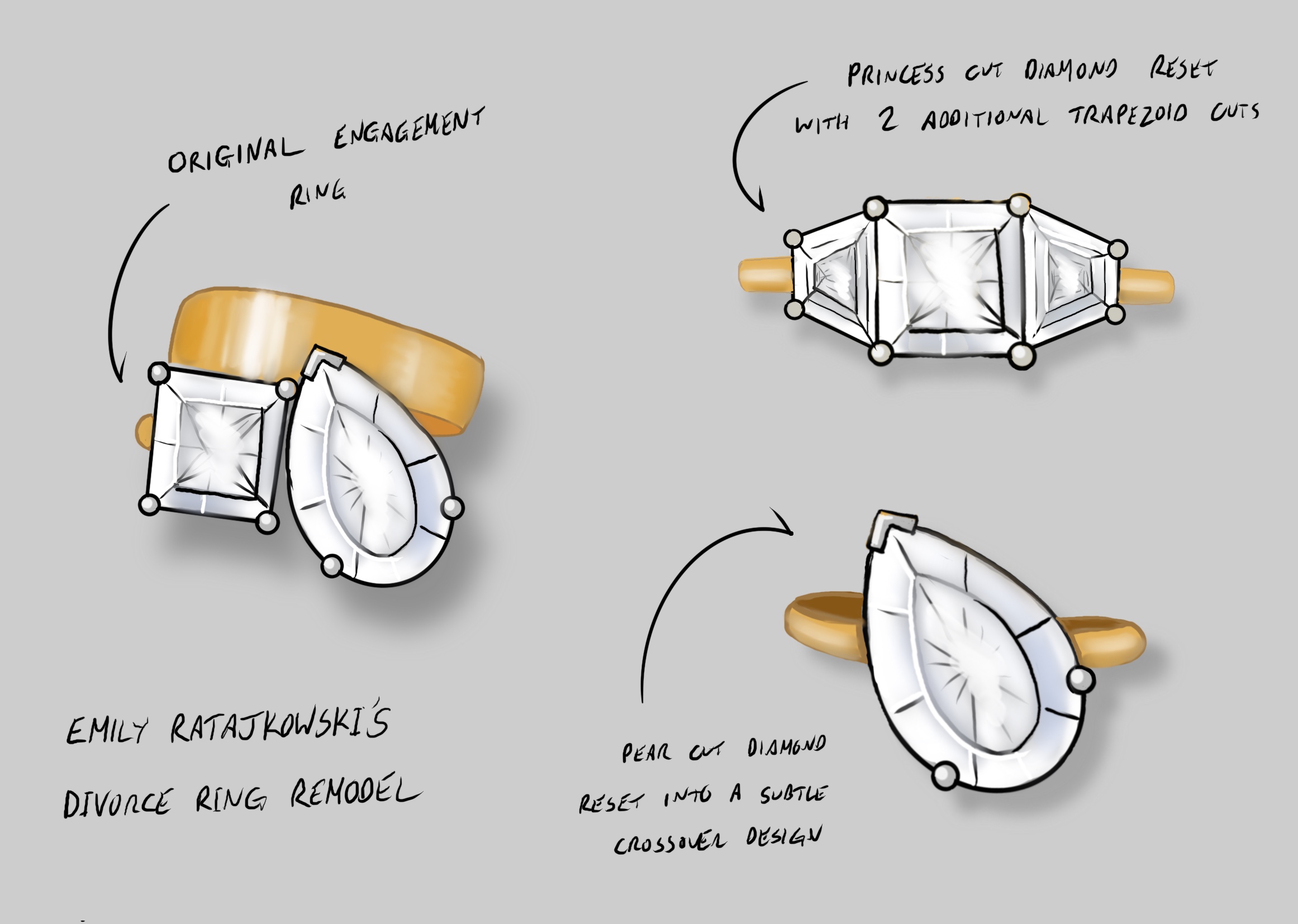
Transforming Pain into Beauty: The Rise of Divorce Rings In jewellery a Diamond is usually a symbol of love whether

Which finger is the engagement ring worn on? In the UK, as with many other Western countries, an engagement ring
Tel: +44 (0) 1273 773 544
Email: ringdesign@hotmail.co.uk
21 Meeting House Lane
Brighton
East Sussex
BN1 1HB
Open 7 days a week
Mon-Sat: 10:30am – 5pm
Sun: 11am – 4:30pm